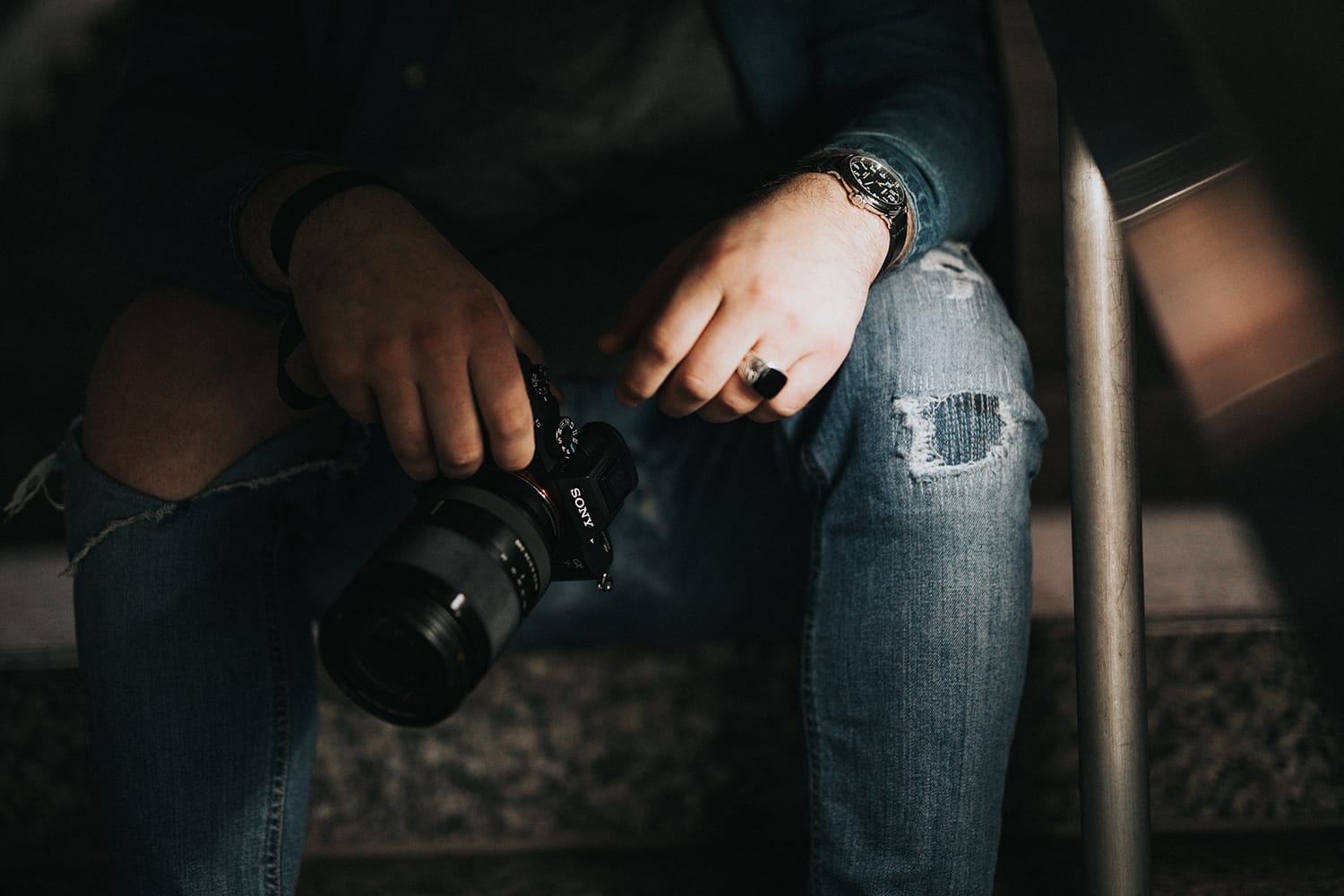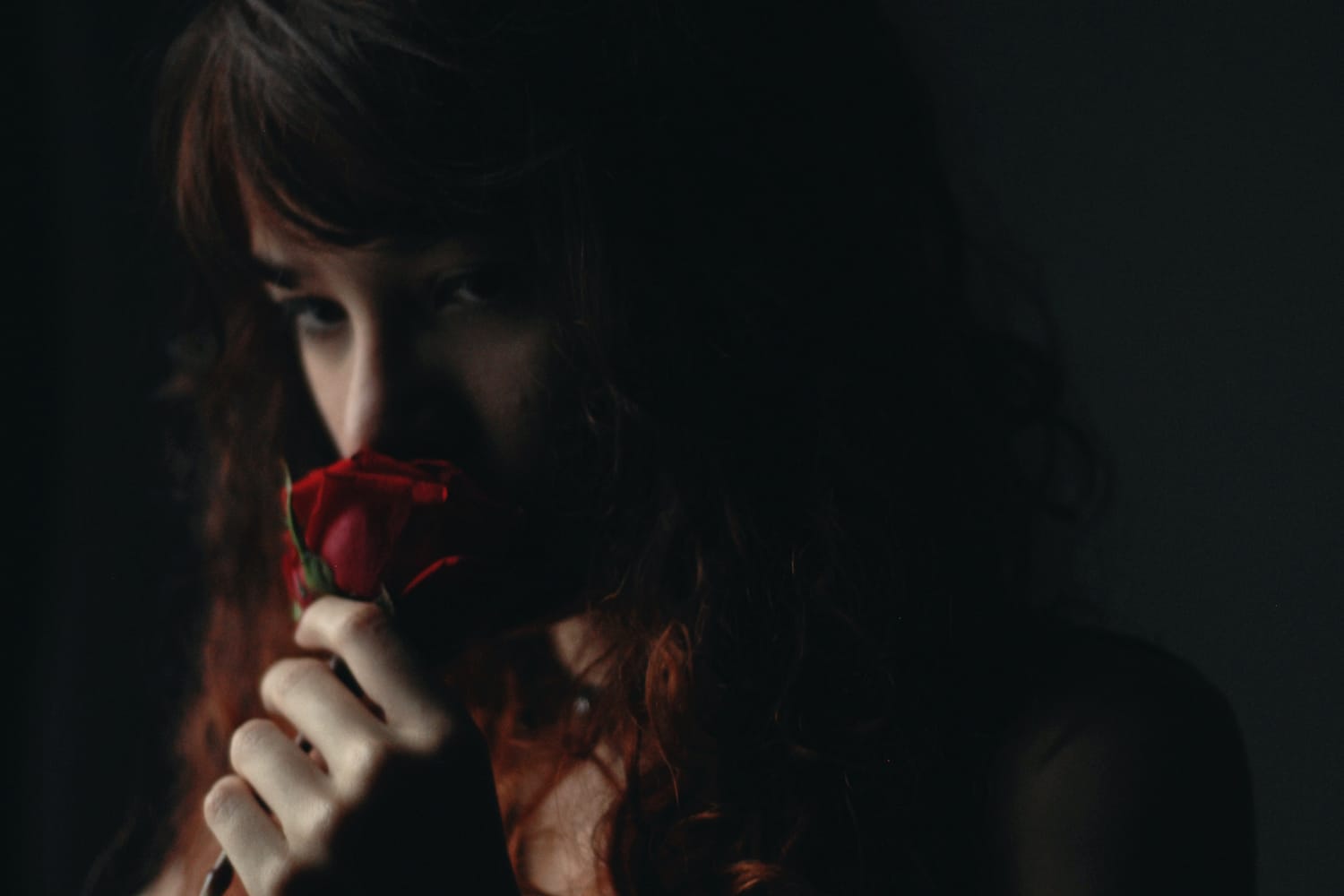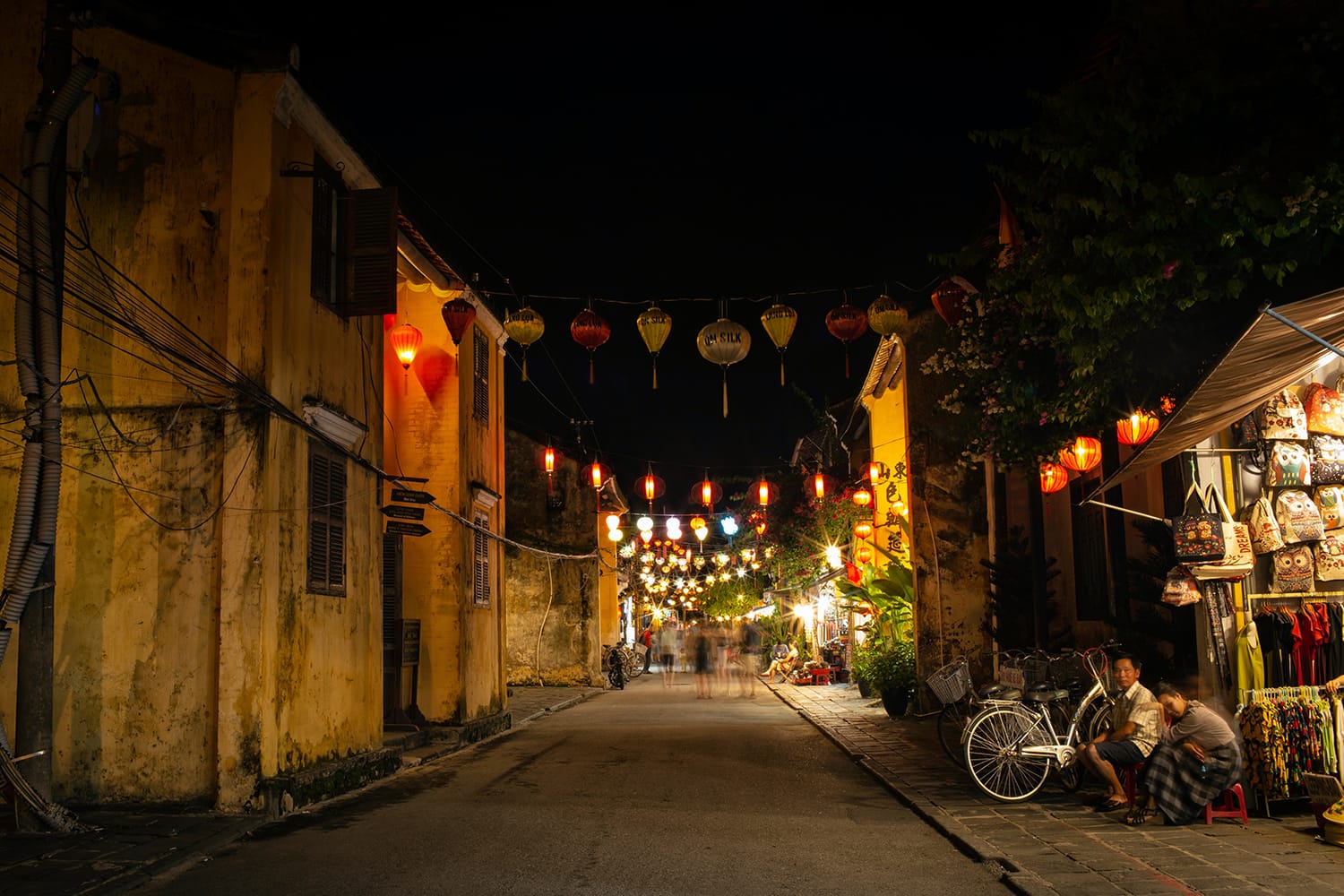How to Shoot in Extreme Low Light Conditions
One of the problems that we as photographers often face is how to deal with different light situations. If you are a professional (or want to become one), you need to know how to deal with any situation.
Imagine arriving at a paid job only to find out that you had no idea how to make the shots work on camera with the light available! There are several solutions to deal with low light conditions, even when they are extreme.
Try these tips to improve your photography even when the lighting situation is not ideal.

Add Your Own Light
This is the first step to consider, though it may not be possible in all situations. If you can do it, add more light to the shot. You can achieve this through many options. First, if there is a light source in the room, try moving closer to it. Secondly, you can use studio lighting or a flashgun to add in more light artificially. If you want to capture lots of detail without any noise or blurring, this could be the only way to do it in very low light.
For example, a fashion show where the models are constantly moving requires a certain shutter speed and f-stop. You also don’t need to raise your ISO too high, so a flashgun works best.

Raise Your Shutter Speed
One of the big problems you often get if you stick your DSLR into auto mode is that your images look blurry. To combat this, you will have to increase your shutter speed.
Some photographers can hold a camera steady enough to avoid blur at 1/125, but you might get better results from 1/250th of a second and faster. A faster shutter speed will inevitably let less light enter your lens and hit your camera’s sensor. Still, if you can intentionally underexpose the photographs while shooting RAW, you should be able to increase the exposure in post-production.
This is a thin line to tread, and if you are changing your shutter speed, you may well find your f-stop has to go much lower than you would normally like. This means you have to watch out for focus problems as your depth of field will be very shallow. You may also have to look at our next tip to keep enough light in the image.

Change Your ISO
Increasing your ISO means letting your camera deal with low light a little better, so you will get more detailed and properly exposed images. However, there is a price to pay. The higher your ISO, the more noise you will get in your final image. Also, keep in mind that not all cameras handle high ISO well.
You will likely start to see noise issues around the ISO 800-1600 range. Shooting at ISO 100 is usually ideal. You have to compromise between your shutter speed, aperture, and ISO.
It’s a fine balance, but ideally, you should find the best combination for your situation, which eliminates blur, has a wide enough depth-of-field to suit the subject, and does not allow too much noise to creep in. This makes it trickier to shoot in low lighting conditions than in situations with plenty of available light.

Stabilize Your Camera
If you are shooting a still subject, then you don’t have to worry about motion blur so much. This is where you can really play around with your settings and push them further – but only if you can stabilize your camera.
The best option here is to set your camera up on a tripod, but you may not have one with you. You can try finding a flat surface to place your camera on, such as a rock, the top of a fence, or even a rise in the land.
In the worst case where there is nothing suitable, make sure your posture is as sturdy as possible. Draw your elbows towards your hips, hold the camera with both hands, and focus on keeping a strong core to eliminate shake. With a steady camera that will not move, you can get away with a much slower shutter speed, which means more light can flood your sensor.
